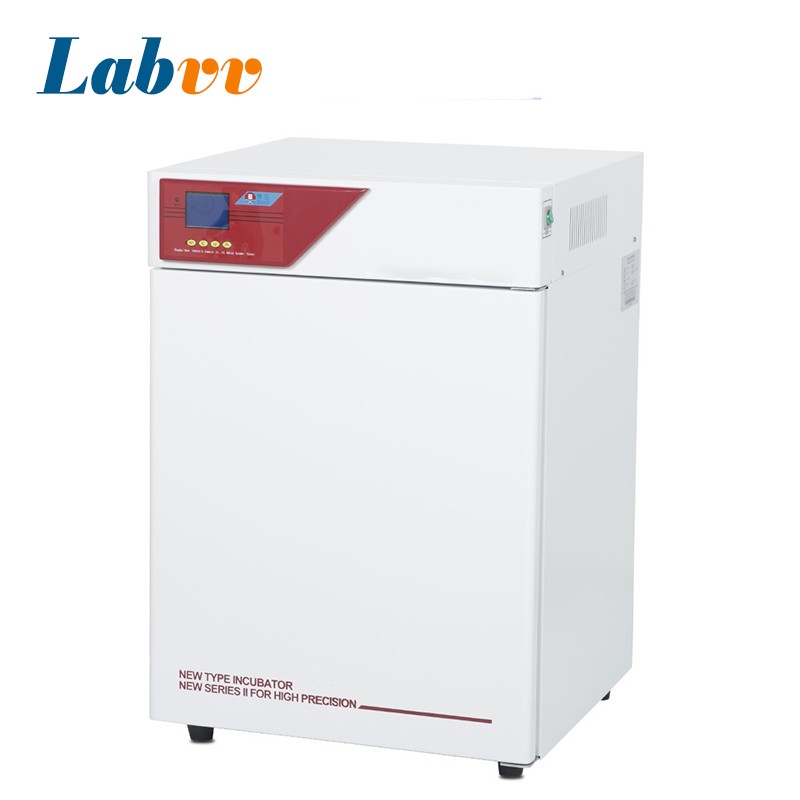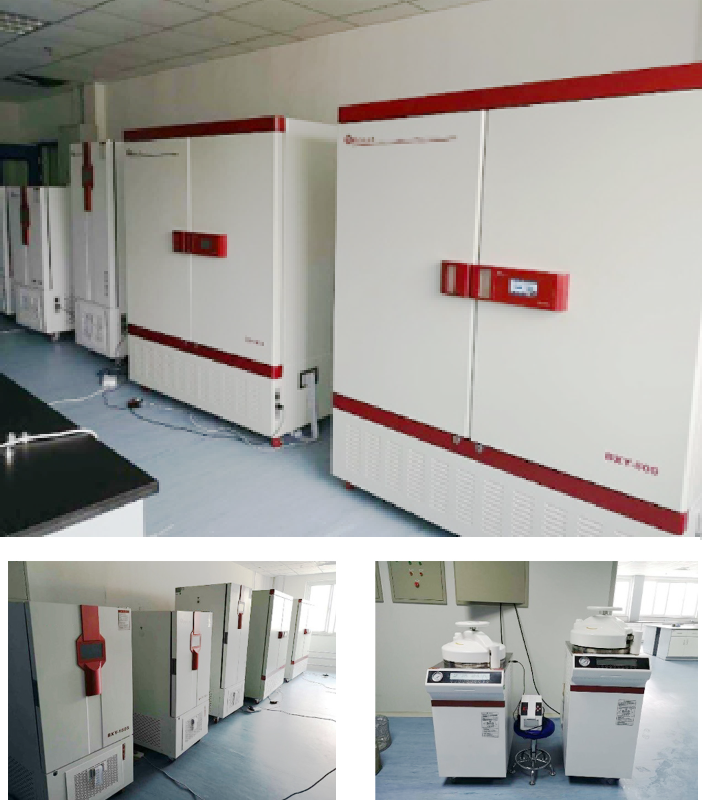What is a Water Jacketed Incubator? Principle, Components, Types, and Applications
Introduction
Water jacketed incubators are specialized laboratory incubators designed to provide precise and uniform temperature control for a variety of biological, environmental, and industrial experiments. Unlike standard dry incubators, these units use a surrounding water jacket to ensure stable heating, making them ideal for sensitive samples. In this guide, we will explain the principle, components, types, and applications of water jacketed incubators, and answer common questions buyers may have.
For a broader overview of laboratory incubators, see our Laboratory Incubator Guide.
1. What is a Water Jacketed Incubator Used For?
Water jacketed incubators are widely used in laboratories to create a controlled environment for samples. Typical applications include:
- Microbial cultivation: Growing bacteria, fungi, or other microorganisms for research and quality control.
- Plant tissue culture and seed germination: Maintaining precise conditions for plant cells and seedlings.
- Small animal or insect breeding: Supporting controlled growth and observation experiments.
- Environmental testing: Measuring biochemical oxygen demand (BOD) and other water quality parameters.
- Research and education: Providing a stable environment for experiments in biology, medicine, agriculture, and environmental science.
By maintaining a constant temperature, water jacketed incubators help ensure repeatable and reliable experimental results.

2. Principle and Working of a Water Jacketed Incubator
The main principle behind a water jacketed incubator is uniform heat distribution through a water-filled jacket surrounding the inner chamber. The water absorbs heat from the heater and transfers it evenly to the chamber, eliminating hot or cold spots.
Most incubators also include:
- Temperature sensors that constantly monitor the chamber conditions
- PID or microprocessor controllers to adjust heating automatically
- Air circulation fans to ensure gentle and even airflow
- Safety features like over-temperature alarms and memory protection in case of power failure
Compared to dry incubators, water jacketed incubators provide more stable temperatures and are particularly suitable for sensitive biological samples.
3. Components of a Lab Incubator
A typical water jacketed incubator consists of:
- Outer shell: Cold-rolled steel with powder coating for durability
- Inner chamber: Mirror-polished stainless steel with adjustable shelves
- Heating system: Water jacket heating or alternative dry heating
- Temperature controller and sensors: LCD display with precise settings
- Air circulation fan: Ensures uniform airflow and temperature
- Door seals: Silicone rubber for airtight closure
- Optional features: RS-485 interface, timers, alarms, or humidity control
These components work together to create reliable and repeatable incubation conditions.
4. Different Types of Incubators
Laboratory incubators can be classified based on heating and functionality:
- Water Jacketed Incubators: Uniform and stable heating, ideal for microbial culture, cell growth, and BOD testing.
- Dry / Air Incubators: Faster heating and cooling; suitable for general microbiology and plant experiments.
- CO₂ Incubators: Maintain CO₂ levels for mammalian cell culture.
- Shaking / Orbital Incubators: Combine temperature control with shaking for bacteria or yeast growth.
- Refrigerated / Low-Temperature Incubators: Support experiments requiring temperatures below room temperature.
Water jacketed incubators are preferred when temperature stability and uniformity are critical.
5. Applications in Different Laboratory Types
| Laboratory Type | Applications |
|---|---|
| Microbiology Labs | Bacteria and fungi cultivation, antibiotic testing, quality control |
| Plant Research Labs | Seed germination, tissue culture, plant growth studies |
| Biotechnology / Medical Labs | Cell culture, tissue engineering, vaccine research |
| Environmental Labs | BOD testing, water and soil experiments, ecological studies |
| Agriculture / Food Labs | Fermentation, microbial safety testing |
| Educational Labs | Demonstration experiments, biology teaching, lab exercises |
By choosing the right incubator, laboratories can achieve precise and reproducible experimental results across multiple disciplines.

6. Common Customer Questions When Buying a Lab Incubator
Q1: What temperature range do I need?
Most lab incubators cover room temperature +2°C to 65°C. Select the range according to your experiment requirements.
Q2: Should I choose water jacketed or dry incubator?
Water jacketed incubators provide more uniform heating and stable temperature, ideal for sensitive samples. Dry incubators heat faster but may have slight temperature variations.
Q3: How many shelves and what load capacity are needed?
Check the incubator model specifications to ensure it can handle your sample size and weight.
Q4: Do I need additional features like humidity or CO₂ control?
Humidity or CO₂ control is only required for specific applications, such as mammalian cell culture or certain plant experiments.
Q5: Is it reliable during power failures?
High-quality models have parameter memory and automatic recovery, so experiments can resume safely after a power interruption.
Q6: Can I monitor or control the incubator remotely?
Some models include RS-485 or Ethernet interfaces for remote monitoring and data logging.
Conclusion
A water jacketed incubator ensures stable, uniform, and precise conditions for laboratory experiments. It is ideal for microbial cultivation, cell culture, plant research, environmental testing, and educational purposes.
For reliable water jacketed incubators with precise temperature control, visit our Labvv Water Jacketed Incubator Series or contact us via WhatsApp for expert guidance.
